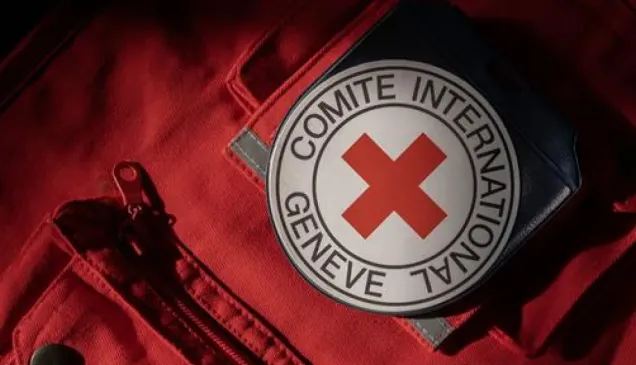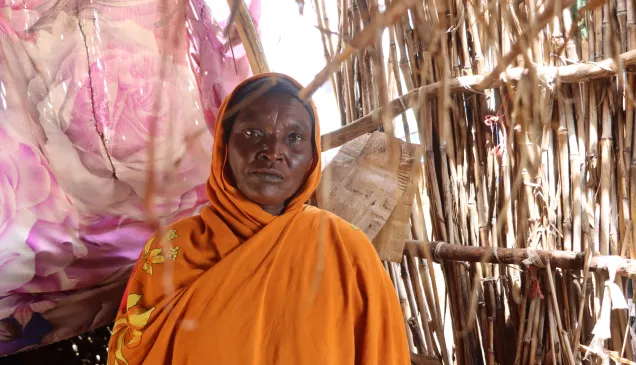Food security in times of armed conflict: What you need to know
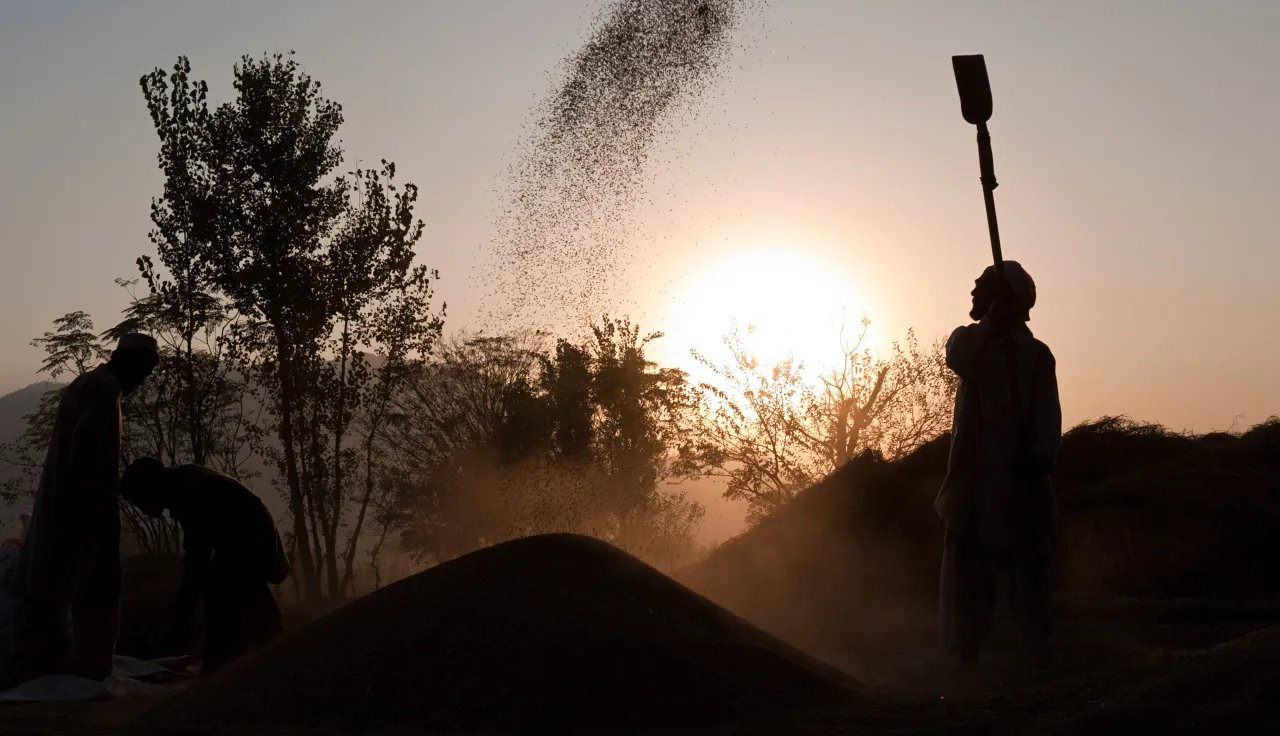
During armed conflict, the civilian population cannot survive for long without food and water. And yet, conflict drives food insecurity based both on how warring parties choose to wage their battles and indirectly through the disruption and degradation of food systems.
ICRC legal expert Abby Zeith explains what international humanitarian law (IHL) has to say on the subject. 
How do armed conflicts disrupt the civilian population's access to food and water?
While there are many interconnected drivers of food insecurity, armed conflicts are the main driver. The 2023 Global Report on Food Crises suggests that conflicts pushed over 117 million people into acute food insecurity, followed only by economic shocks (84 million) and weather extremes (over 56 million).
Putting aside the legal element here, we know it's been common practice since the origin of warfare to poison wells, burn crops or deprive civilians of sustenance in other ways; beyond these tactics, conflicts also drive food insecurity more indirectly – for example, by making trade and travel routes unsafe, forcing displacement of people and livestock, or causing damage to critical infrastructure, among other impacts. All of this leads to enormous suffering, ranging from acute malnutrition among at-risk groups to famine in a whole population.
Suffering is exacerbated when warring parties employ pillage, sieges or blockades, or delay or block humanitarian assistance. On top of that, the presence of explosive remnants of war render fields inaccessible for planting or harvesting, wreaking havoc in agriculture and trade long after hostilities have ceased.
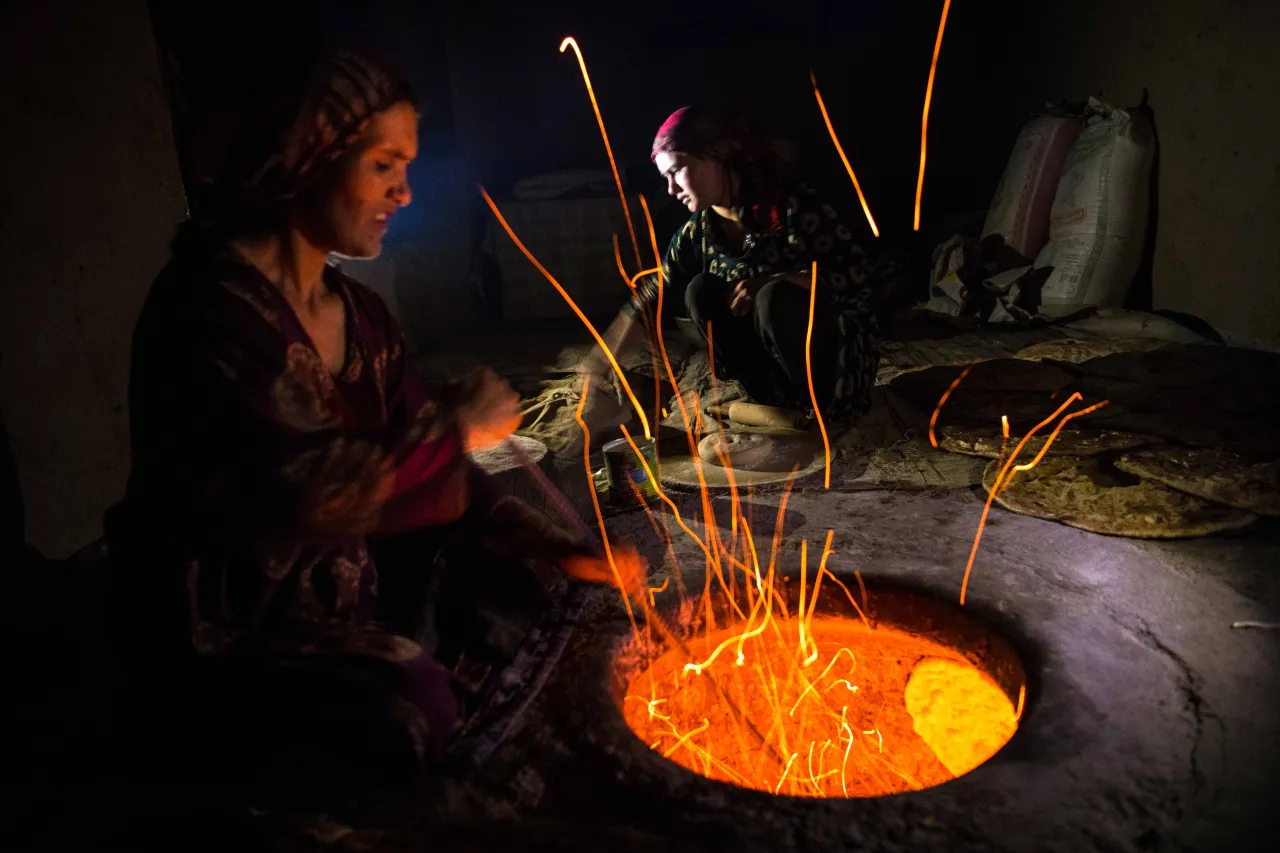
Faizabad, Afghanistan. Bread making at dawn. After decades of armed conflict in this country, it was estimated in 2022 that more than half the population (24 million people) needed humanitarian assistance and half (20 million people) were acutely food insecure.
Does IHL provide tools to avert food insecurity and famine?
Yes, it does. First of all, starvation of civilians as a method of warfare is absolutely prohibited. Related to this, international humanitarian law sets out a non-exhaustive list of "objects indispensable to the survival of the civilian population" which benefit from heightened protection: foodstuffs, agricultural areas, crops, livestock, drinking water installations and supplies and irrigation works. It is prohibited to attack, destroy, remove, or otherwise render useless these objects except for very exceptional circumstances.
There are many more rules on the conduct of hostilities that apply. If parties to a conflict had more respect for them while planning and carrying out their military operations, the impacts of armed conflict on food insecurity in the world could be better mitigated.
To begin with, general rules on distinction, proportionality and precautions provide protection to civilian objects. They must not be the object of attack and the use of indiscriminate means or methods of warfare is also prohibited. Foreseeable direct and indirect effects of attacks on the civilian population are also relevant to the application of these rules. So land, infrastructure and other objects essential to ensuring food and water production, distribution and supply, such as markets or power stations, benefit from that protection even if IHL treaties do not expressly refer to them as an "object indispensable to the survival of the civilian population".
In addition, IHL prohibits or restricts use of a range of weapons that can have widespread and long-lasting negative impacts on food security. These include prohibitions on of poison, biological, and chemical weapons, restrictions on use of herbicides as a weapon, and prohibitions and restrictions on use of anti-personnel mines, cluster munitions, and nuclear weapons.
As well, employing weapons and tactics that are intended, or may be expected, to cause widespread, long-term, and severe damage to the natural environment is strictly prohibited.
Last but not least, a whole set of rules prohibits attacks on dams, dykes, and nuclear power plants if such attacks may cause the release of dangerous forces that would cause severe losses among the civilian population. Obviously, the release of dangerous forces may cause the contamination of land and water supplies, destroy livestock, and affect atmosphere and climate, and thus increase the risk of food insecurity and famine. These rules are critical for the protection of civilians.
While the respect for these rules will help mitigate the impacts of warfare on food insecurity, it is important to recall that even where hostilities are conducted in compliance with IHL the conflict will have many indirect impacts on food security and food systems. These impacts must be monitored closely to ensure that affected people have access to sufficient food and quality of food.
In addition, there are rules on humanitarian relief that are designed to play a key role in averting food insecurity or famine.
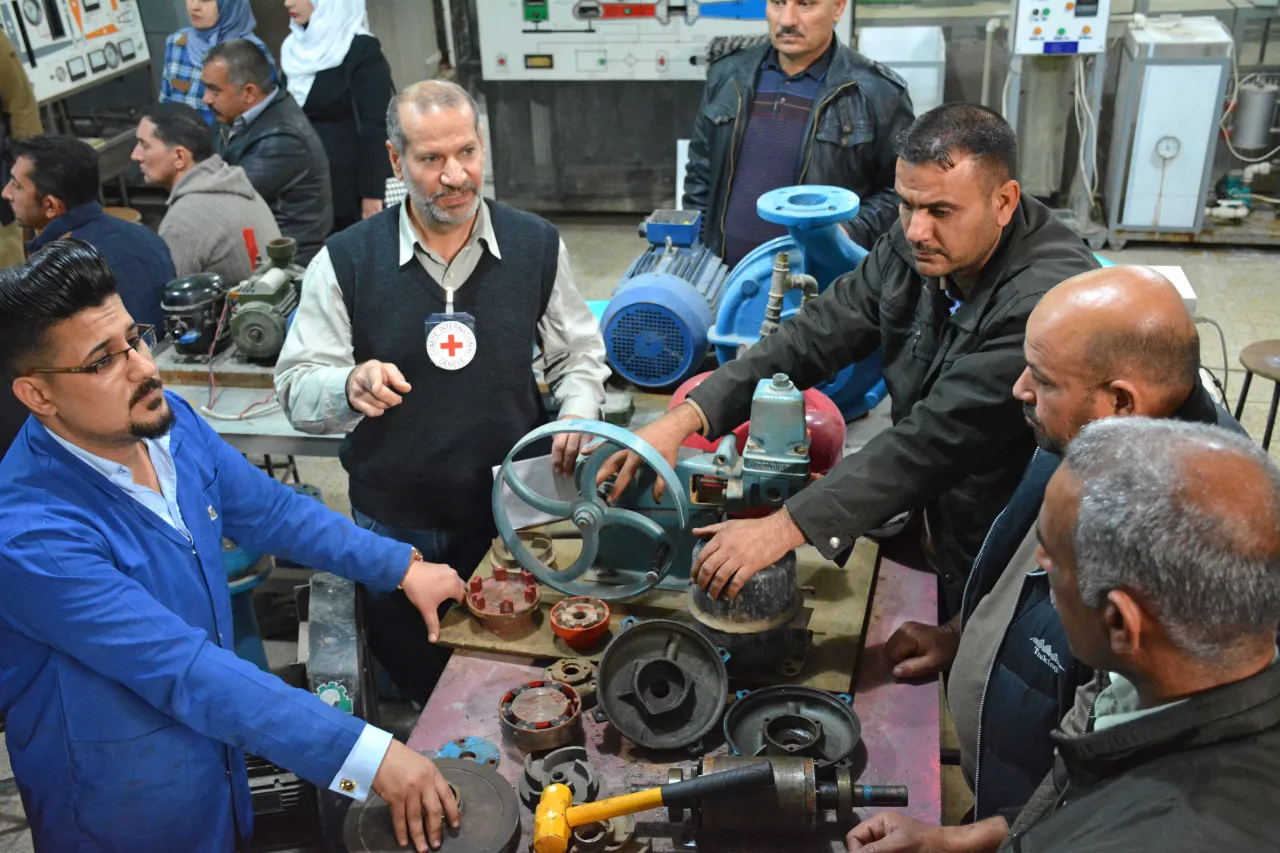
Baghdad, Technical University. All over the world in conflict or post-conflict areas, the ICRC conducts workshops to help technicians operate the water treatment plants they work in.
Who is responsible for providing food and water to the civilian population?
Each party to an armed conflict has primary responsibility for ensuring that the basic needs of the population under its control are met, including adequate food and water supply. This requires a strong understanding of the food systems a country or community relies upon and how food insecurity and malnutrition affects different groups in different ways.
However, IHL recognizes a need for humanitarian assistance in certain circumstances. It sets down that impartial humanitarian organizations may offer their services to carry out humanitarian activities, including when a party is not able or willing to meet these needs in practice.
A party to the conflict may not arbitrarily or unlawfully refuse its consent to such activities. Once consent has been given, the parties to the conflict as well as all other States concerned are required to allow and facilitate rapid and unimpeded passage of humanitarian relief, subject to their right of control.
More information about ICRC's response to food insecurity in the places where it works can be found here.


